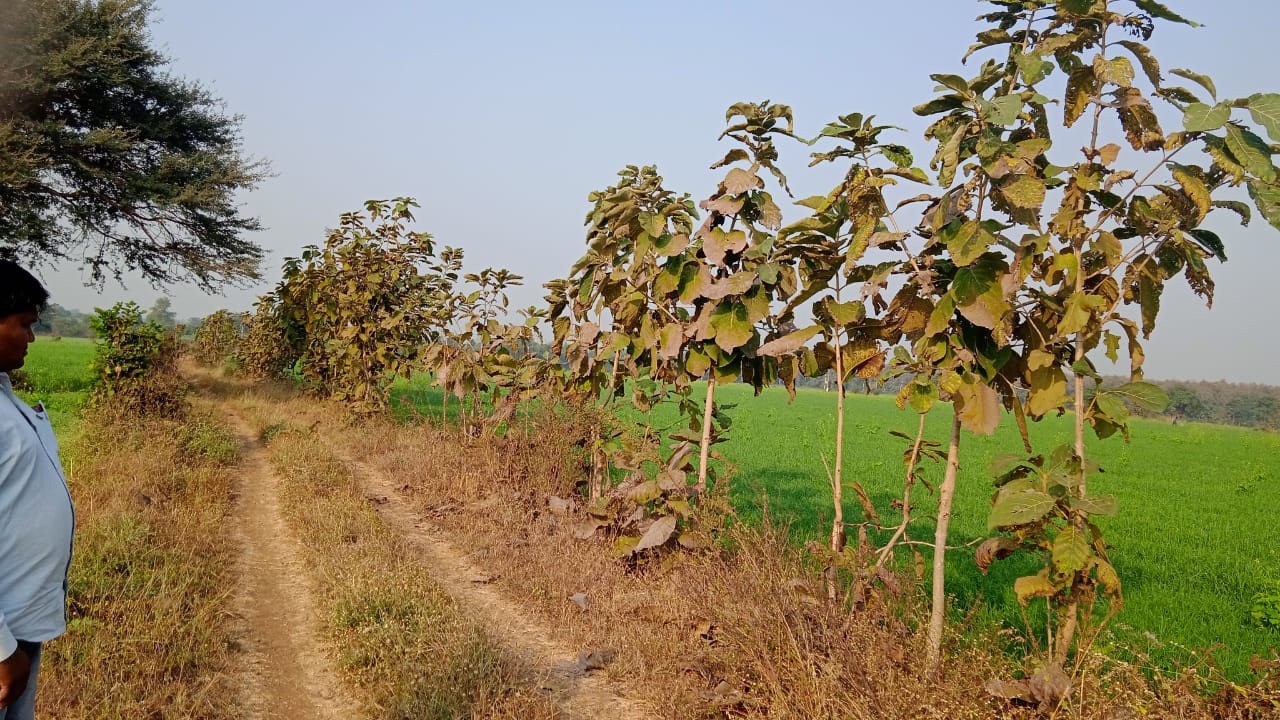
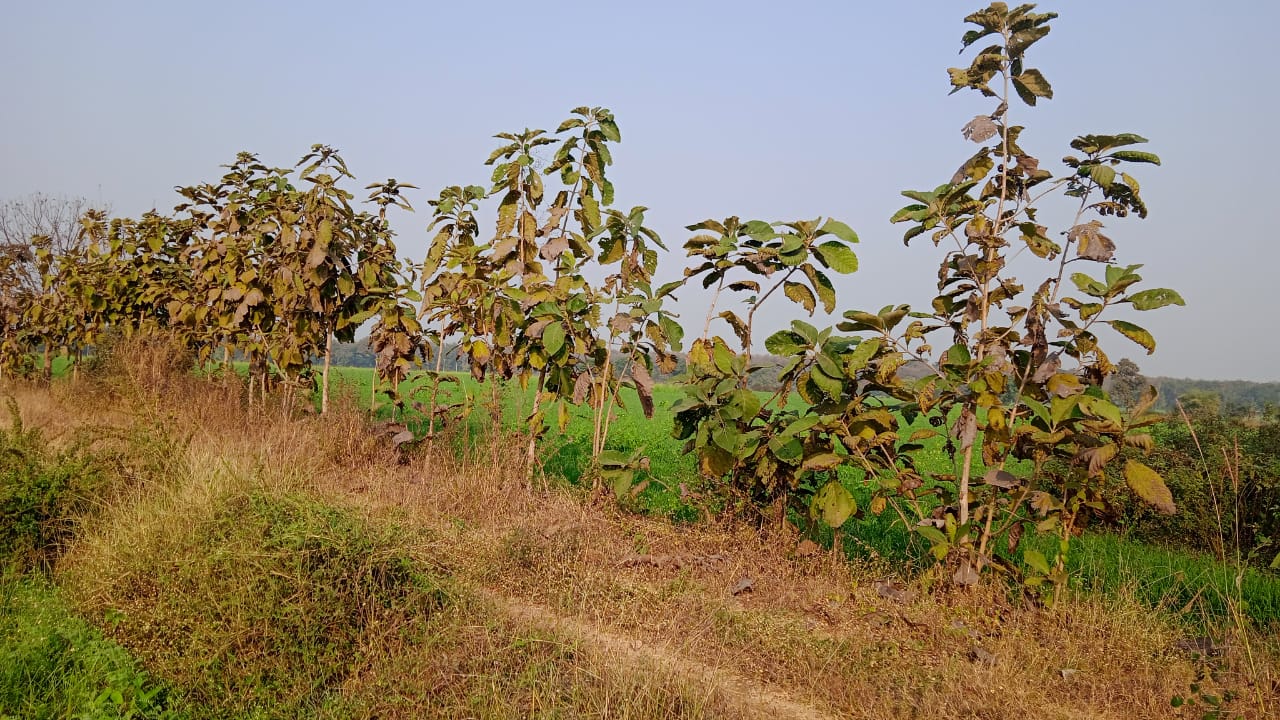

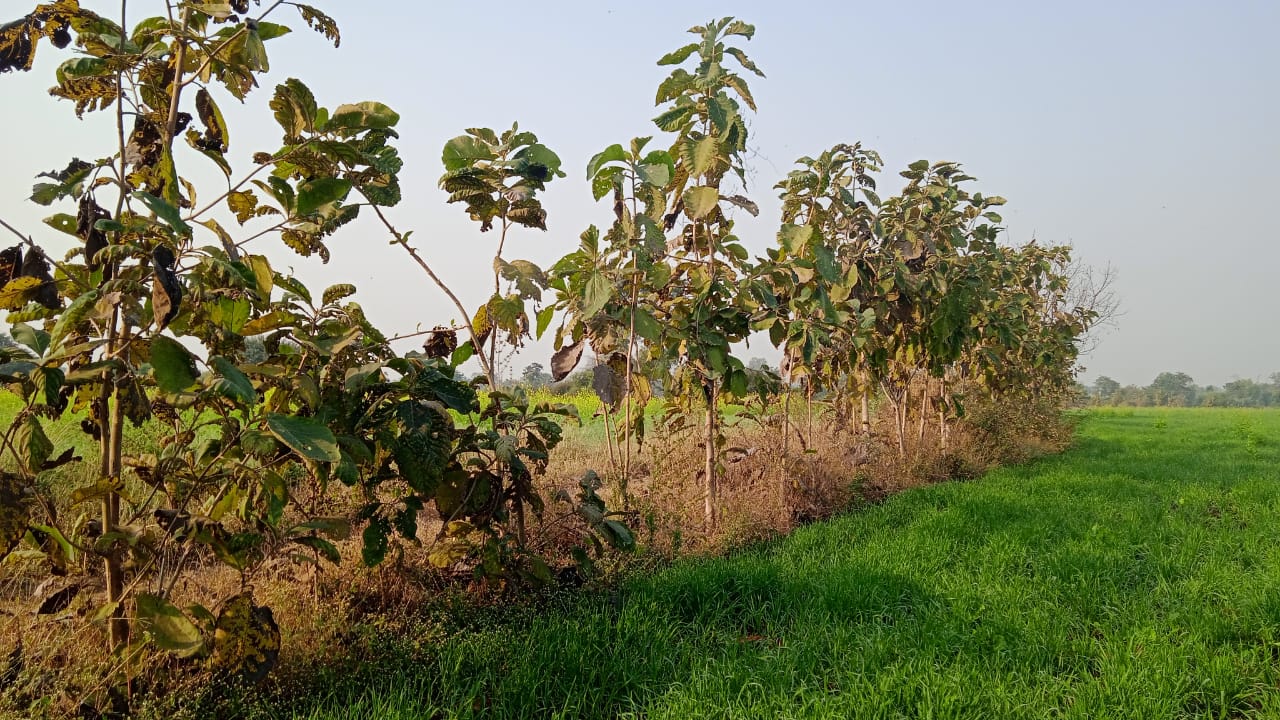
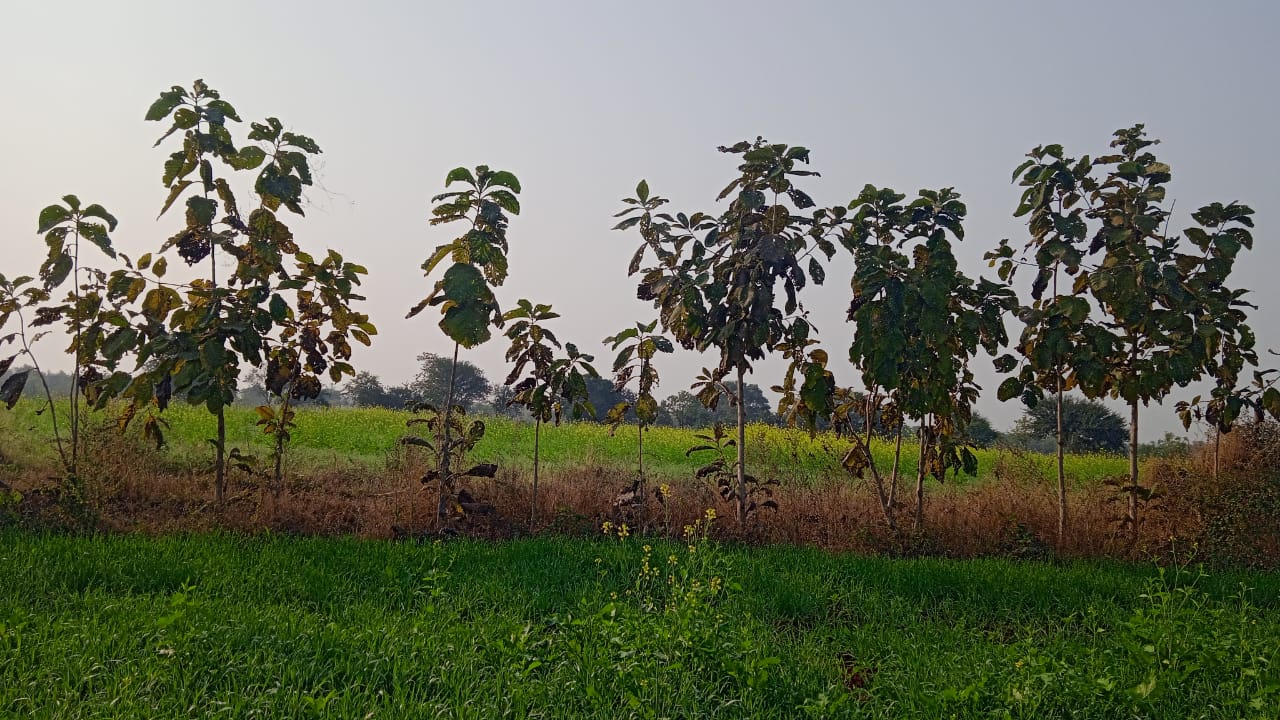
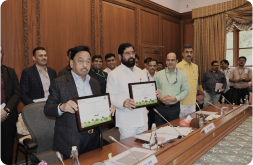

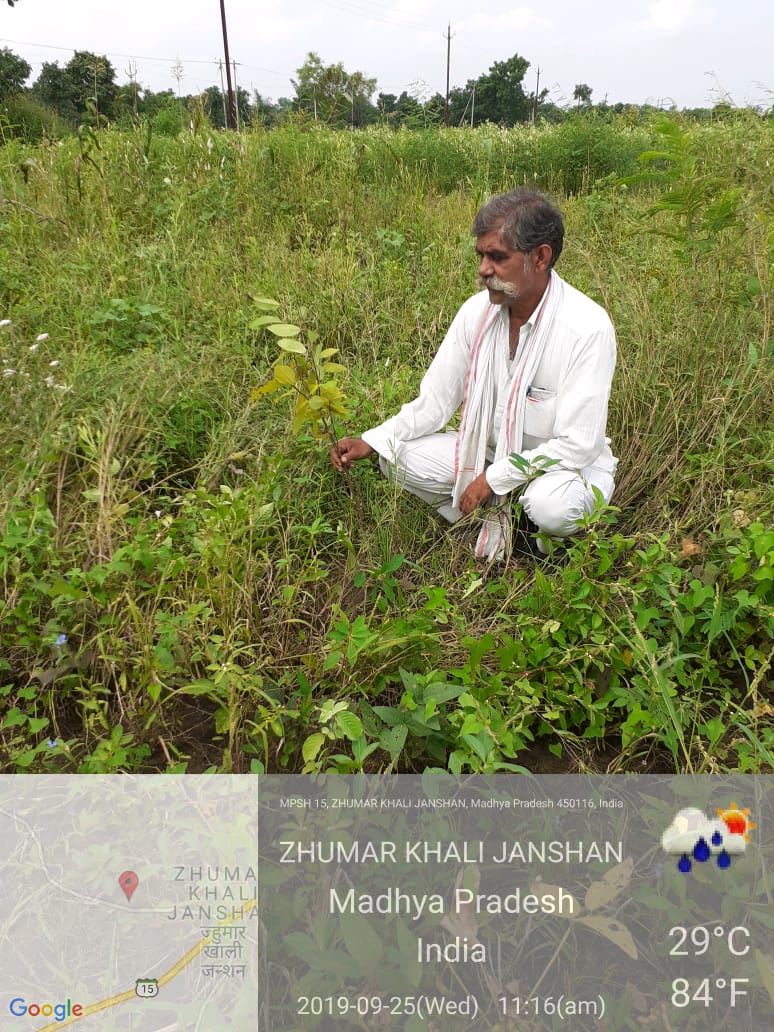
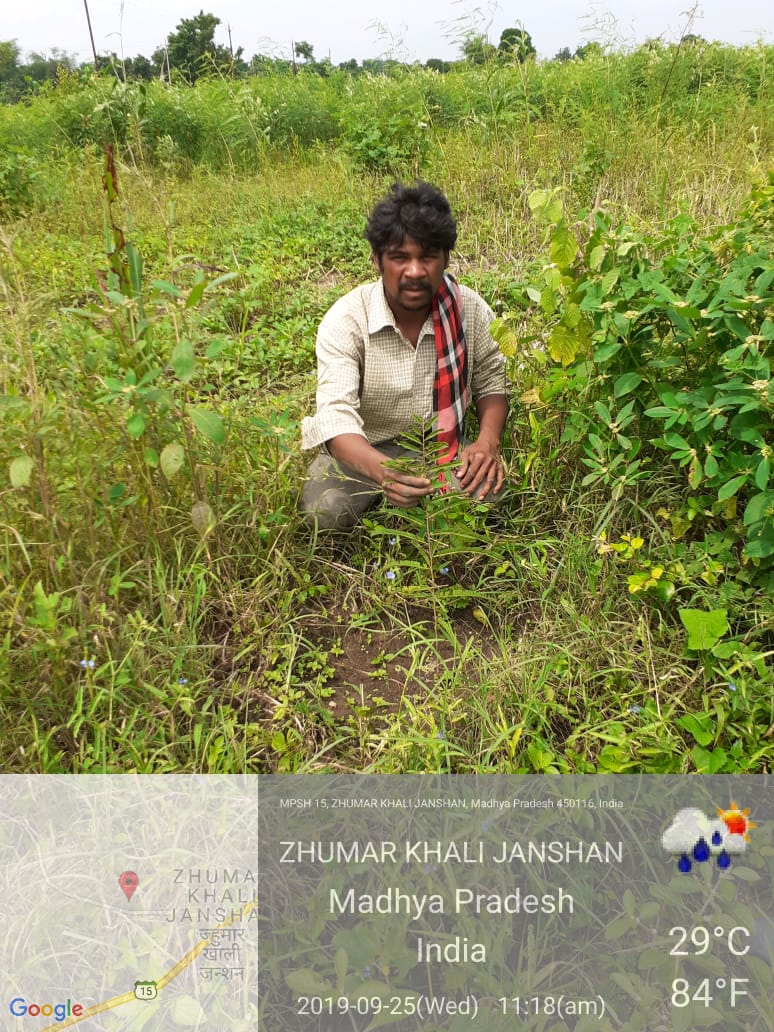
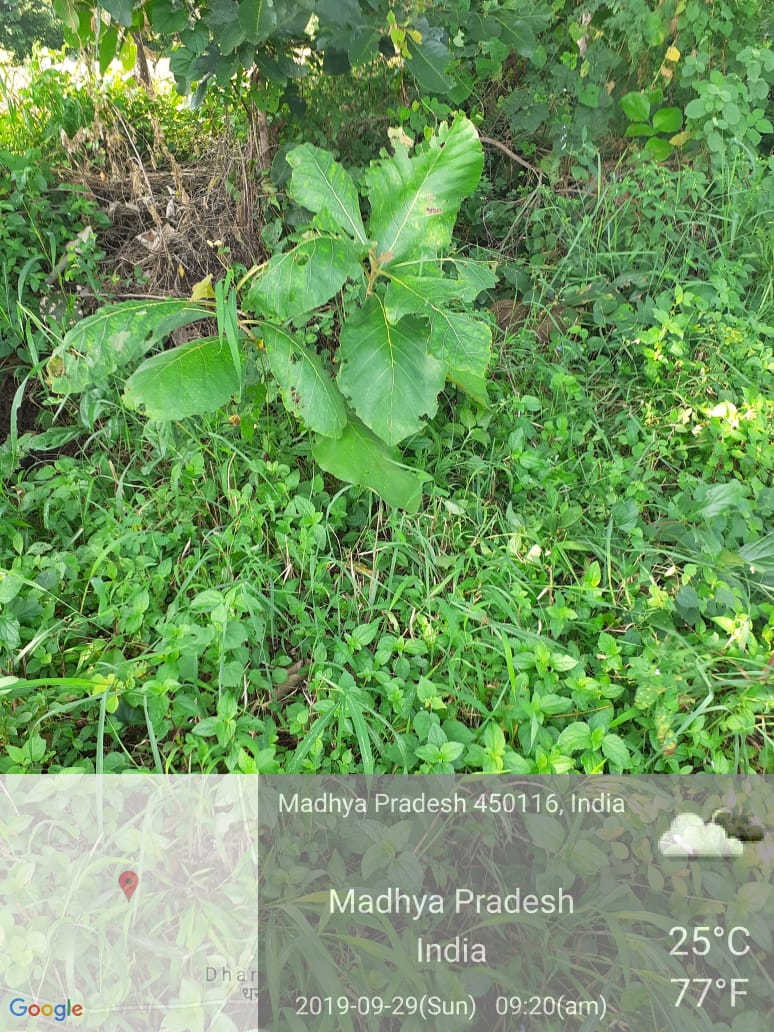
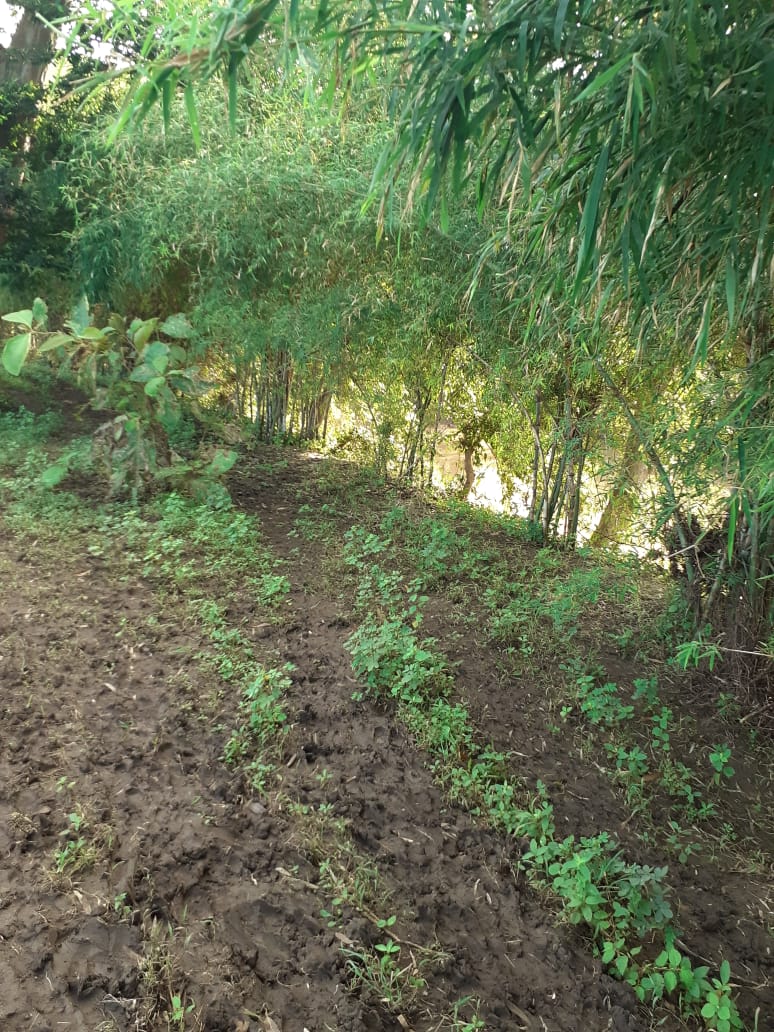
Project Target
0% Remaining
175,000
Trees Planted out of 175,000 Trees

Project Location:
The project is located in the villages of Shahpuramal, Kashipura, Toraniya, Dharukhedi, Borisaray, Sonkhedi, Dharukhedi, Kashipura, Raamjipura, Barudmall, Chhipipura, and Shahpura of Khandwa district, situated near the bank of river Ruparel adjoining the banks of the river Narmada in Madhya Pradesh, India.
Project Aim
“Trees act as windbreaks and protect the valuable topsoil from erosion, which in turn retains the fertility of the soil, thereby, aiding in agriculture and providing with good produce”, according to Clive David, University of Wisconsin-Stevens Point, College of Natural Resources. The State Government of Victoria stresses the contribution of trees in improving groundwater recharge. Soil erosion has long-term impacts as it causes loss of fertile topsoil and reduces the productive capacity of the land and thereby creating a risk to global food security (Patil et al. 2014). It is estimated that in India about 5334 million tonnes of soil is being detached annually due to various reasons (Narayan and Babu, 1983).
The Food and Agriculture Organization (FAO) also mentions the importance of trees in contributing to the protection of soil and in improving its quality, leading to healthy crops and eventually ensuring food security. The Guardian mentions the importance of trees in pest control and soil nourishment. Thus, to improve the agricultural output as well as the overall environment of an area, trees are extremely important. The plantation near to the bank of Narmada watershed and tributaries would help to restore degraded land, increase carbon sequestration potential, improve soil infiltration capacity and limit soil erosion, soil moisture conservation, increase plant water uptake and reduce surface runoff, improve wildlife habitat and forest products in the area.
Teak (Tectona grandis) is a large, deciduous-tropical tree and is widely established throughout the tropics due to its multi-dimensional agro-environmental benefits. The plantation of teak is beneficial in the protection of water and soil resources by reducing bulk density, increasing the availability of nutrients, and producing and storing more organic material. Teak has the highest capacity for carbon sequestration among other trees in India. Because of its limited closure of the species canopy, teak enables farmers to diversify production, reduce farm risk, contribute to food security, and generate income opportunities.
Bamboo (Bambusa spp.) is a fast-growing species, having an average height of 20-30mtr and it grows best along riverbanks or valleys with fertile and moist soil. The plantation of Bamboo will function as a carbon sink, provide organic matter, and regulate water levels in watersheds. It is a sustainable resource because of its vegetation spread which allows the formation of forests much faster as compared to other tree species. Moreover, bamboo plantation in and around crop fields creates a bio-fence which is helpful in tackling man-animal conflict. Unlike other types of commercial forestry crops where trees must be clear-cut and replanted, in bamboo plantations, only mature stems are harvested while younger stems are left untouched to mature and develop.
Teak (Tectona grandis) and Bamboo (Bambusa spp.), Mango (Mangifera indica), Jackfruit (Artocarpus heterophyllus), Guava (Psidium guajava), Neem (Azadirachta indica).
Indian rivers are heavily dependent on the Indian rainfall. The Narmada River is an important river in the Indian subcontinent. Due to the uncertainty of this rainfall, the flow of the river varies causing various complications in the lives of the people dependent on the river. The effects of climate change and soil erosion have further reduced the capacity of the soil to absorb and retain water. The plantation of trees will improve the water-retaining capacity of the soil and break the force of the water reaching the soil. This will prevent soil erosion thus improving the soil structure and water-retaining capacity of the soil and improving the agricultural production in the long run. The trees will also provide NTFPs to the community thus diversifying the livelihood opportunities of the people. Trees will also help regulate the environment by sequestering carbon and releasing oxygen. They will aid in disaster mitigation protecting the animals and communities resident on the banks.
| Name of the Company | Number of Trees Planted | Fiscal Year |
|---|---|---|
| TATA AIA Life Insurance Company | 50,000 | 2020-21 |
| HDB Financial Services | 25,000 | 2020-21 |
| DCB Bank | 40,000 | 2019-20 |
| Siemens | 10,000 | 2019-20 |
| HDB Financial Services | 50,000 | 2017-18 |
Social Impact of Growing Trees
Community Engagement
Tree planting initiatives often involve local communities, which can lead to greater community cohesion.
Ecological Education
Provides opportunities for community members, especially children, about the importance of environmental sustainability.
Urban Beautification
Trees contribute to the aesthetic enhancement of urban areas, making cities more pleasant and liveable.
Climate Resilience
By improving green cover, tree planting helps make communities more resilient against climate impacts like heatwaves.
Employment Creation
Planting trees creates employment for local community members like planting and maintenance, administrative roles, and more long-term jobs in management.
Wildlife Habitat
Trees provide critical habitats for various species of wildlife. Enhancing tree cover helps preserve biodiversity, which can be an ecological boon for local communities
Copyrights @ 2025 All rights reserved by Pangea EcoNetAssets Pvt Ltd.